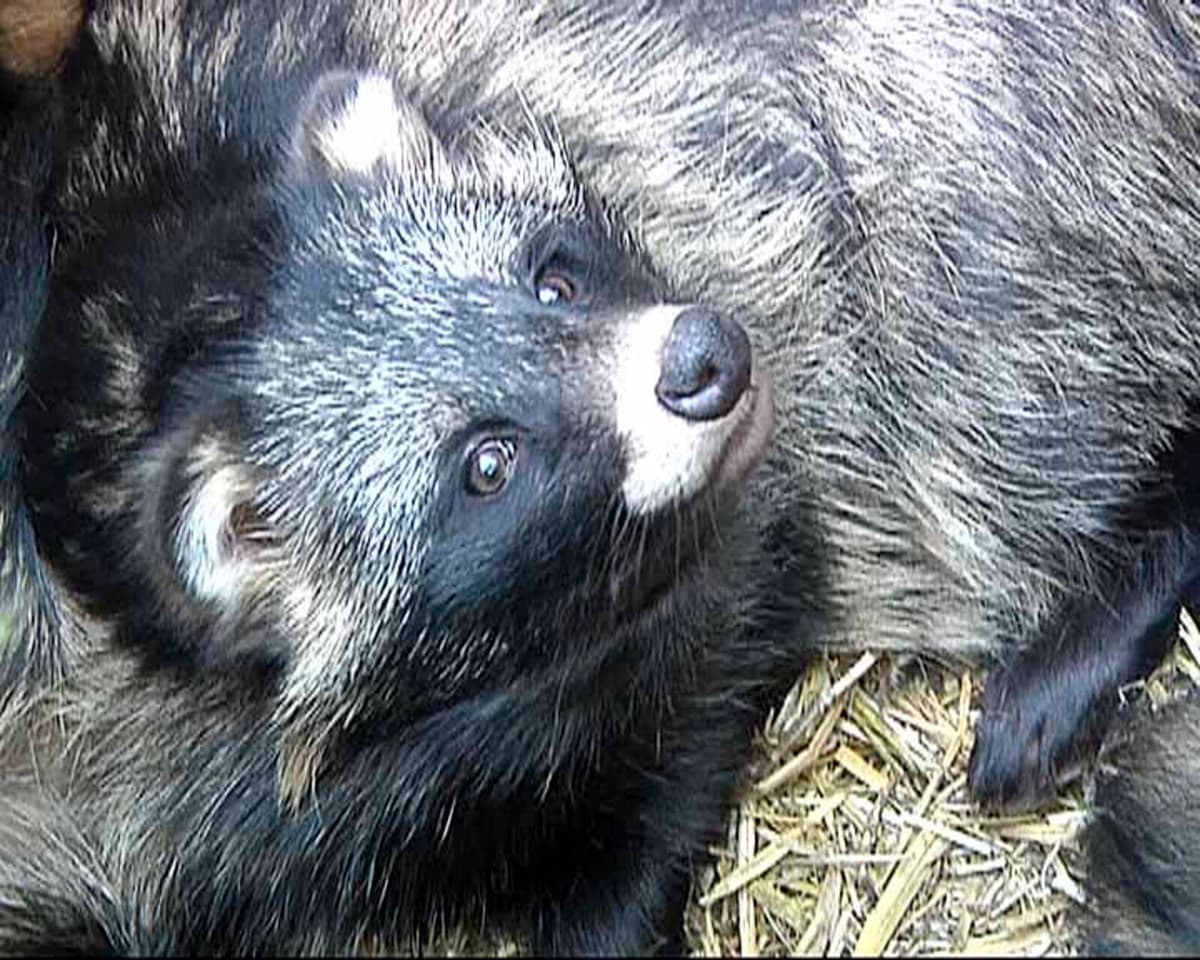The animals are presented as doing something that is part of their natural behavior. Then it is considered both nature-based, cost-effective, and morally unproblematic, says Erica von Essen, researcher at the Stockholm Resilience Center.
She has, along with other researchers, in a study gone through how animals are used to control and combat invasive and unwanted species and come to the conclusion that there are uncertainties.
In the study, they bring up projects where goats and camels are equipped with GPS transmitters to find other animals of their own kind. This makes it easier for hunters to locate and shoot them.
Looking for partners
In a Swedish project, invasive raccoon dogs have been caught, sterilized, and then equipped with a GPS that can be tracked. The raccoon dogs have been released into nature to find a partner that can be killed by hunters. The same individual is released again to find a new intended partner.
It has been successful in the sense that it has reduced the population. The raccoon dog is difficult for hunters to find.
Another project is when sharks have been used to get rid of an invasive lionfish in the Mediterranean. The problem was that the sharks were not at all interested in eating the fish.
Then they took divers to help who fed the sharks with them so they got used to the taste – a rather extensive human influence, says von Essen.
Ethical issues
Unlike laboratory animals in research, there is no same routine for ethical approvals when wild animals are used. They are considered by researchers more like freelancers or temps who are released when the mission is completed.
It may sound strange to talk about salary or pension, but one can imagine that the animals get some form of reward for the work they perform in human service. Now they are killed instead in some cases when the mission is finished or if they make mistakes in the performance.
The researchers have identified five variants where humans let animals perform "jobs":
Function as sensors to monitor the environment.
Hunt other species as pests or invasive species.
Occupy areas to prevent other species from settling there.
Track and find rare groups of animals.
Infiltrate invasive species and eliminate them from within.
Source: Stockholm Resilience Center





